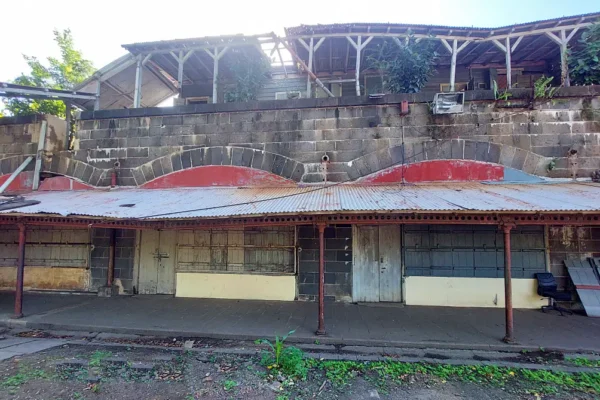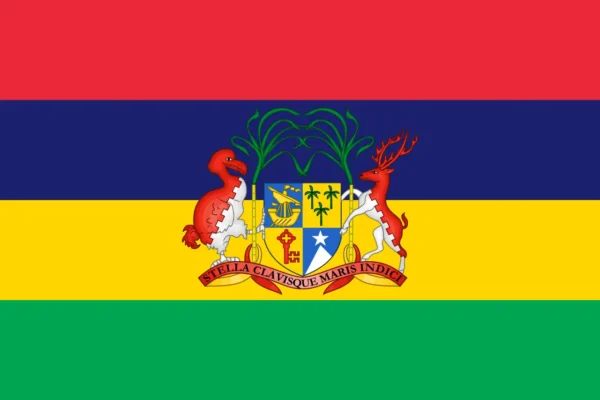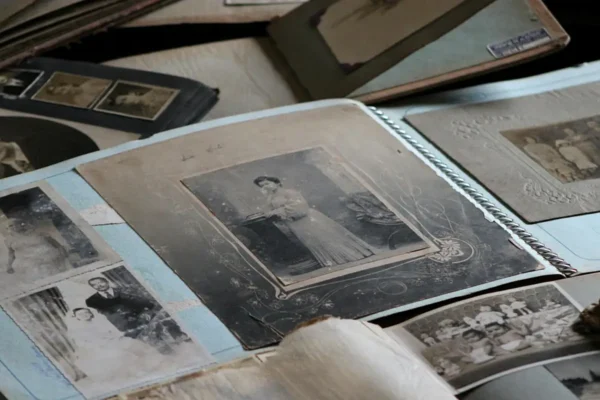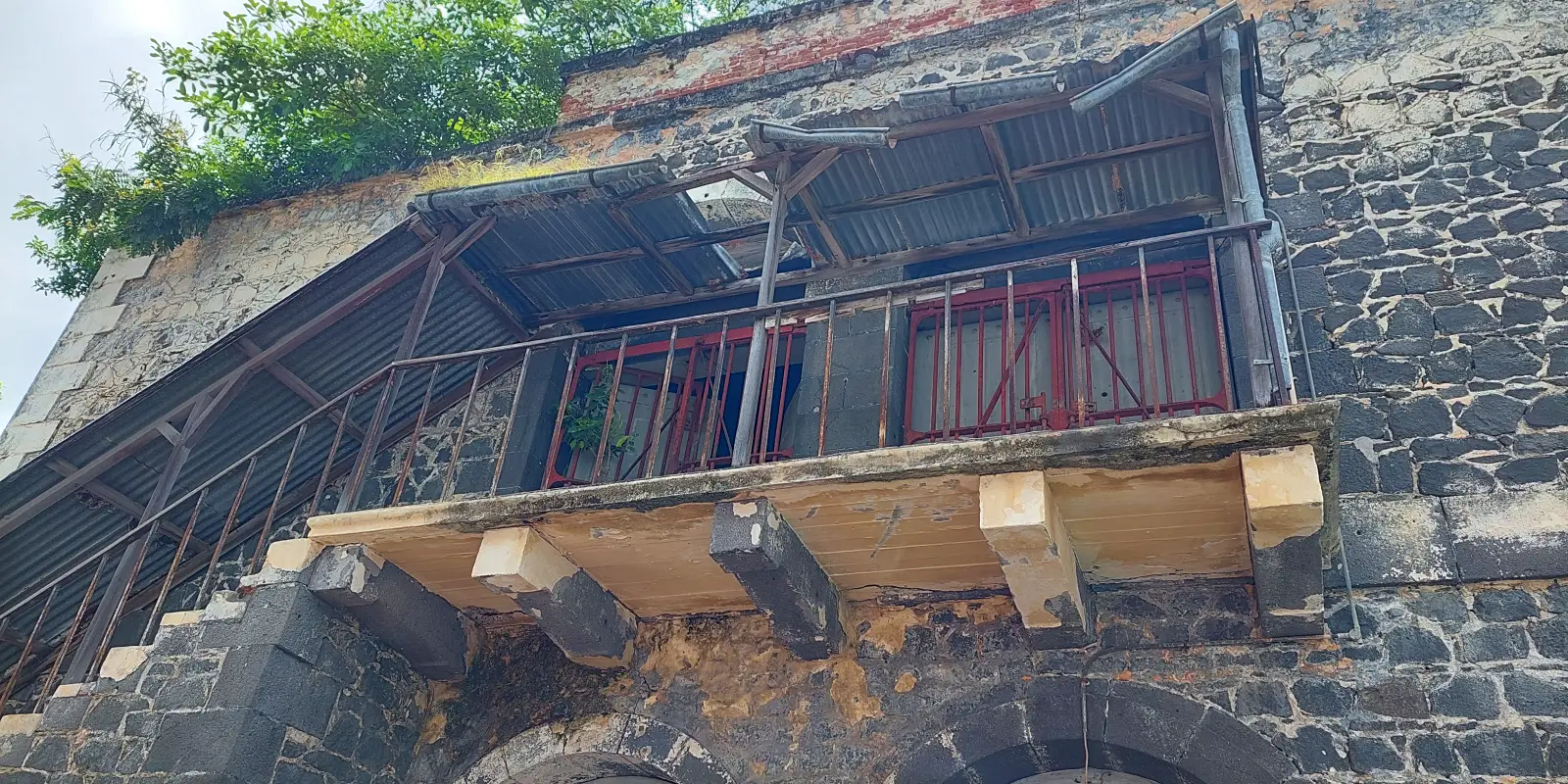Mauritius has a long and illustrious history in the sugar industry. We had over 200 sugar mills and aloe fiber mills, but there were also a few windmills that existed and served their purpose. The primary function of a windmill is to convert wind energy into rotational energy. The majority of windmills in Mauritius were used for agricultural purposes.
After documenting all the remaining sugar mills’ chimneys in Mauritius, I decided to pursue this work on windmills. Unfortunately, several windmills were demolished many years ago, for example, Riche-Terre, which will be discussed further. Below are the eight remaining windmills in Mauritius. All of them are ruins, except the one at Port-Louis, which has been converted into a museum since 1999.
Windmill Museum
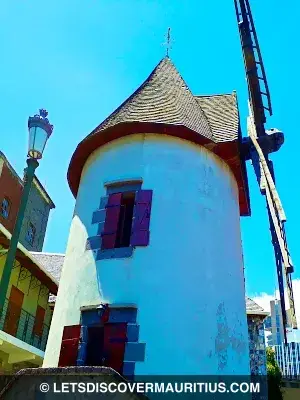
Labourdonnais Windmill
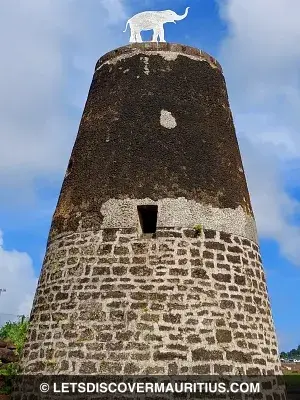
Roche-Terre Windmill
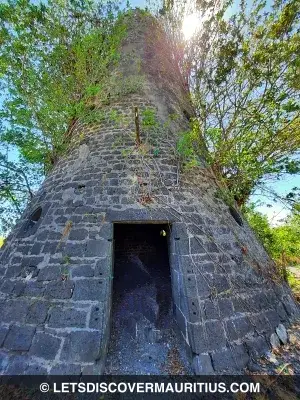
Petit Pacquet (Saint-François)
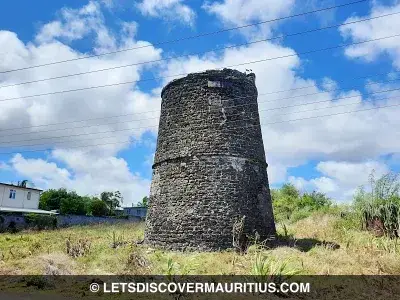
Belle Rive (Petit Raffray)
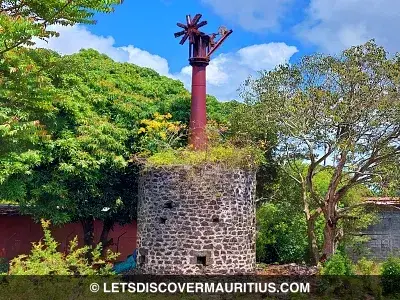
Mon Loisir Rouillard
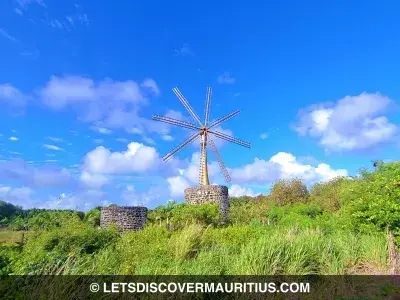
Forbach
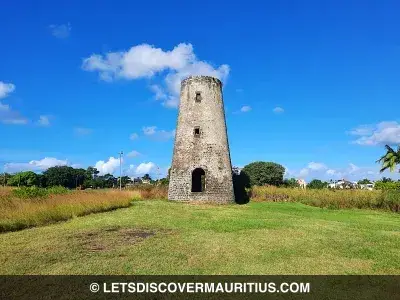
Belle Vue Hannong
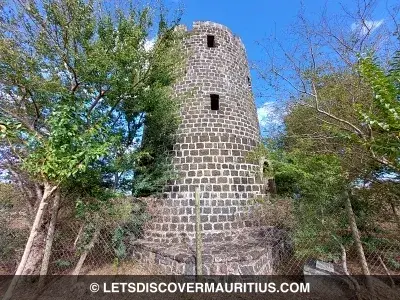
Other Windmills Which Have Been Disappeared
Riche-Terre once had a windmill tower, which no longer exists. It has even been designated as a national heritage since the 1950s. Another former sugar mill received energy from the windmill tower. In the early 1800s, the sugar mill existed. However, there was no sugar mill when John Jacob Wiehe purchased the estate in 1815. It is clear that both the sugar mill and the windmill had already been demolished at that time. The question now is why, in 1951, the authority designated the windmill as a national heritage when it did not even exist? A thought to ponder!
In the book The Mauritius Register compiled by Palmer and Bradshaw in 1859, they stated while visiting the Villebague village, there was a square tower in a dilapidated state, and a windmill existed to crush the sugarcanes.
At Triolet, precisely in the east region of 7th Mile, there was a windmill in the fields. The ruin still existed in the 1990s, but has been disappeared since some years ago.
There was a windmill look-alike tower near the Asile forest. Part of the ruin is still present, but there is no evidence the structure was a windmill. At Bois-Chéri, on the main road, there is a windmill structure however, it is not a real one. It is just a replica.
At the old bridge of the Grand River North-West, there is a building ruin next to it, which was a flour mill. It also had a windmill, but the structure disappeared.
Our History, Our Identity
I will end this article with a quote from a US historian:
“History is not the past but a map of the past, drawn from a particular point of view, to be useful to the modern traveller.”
Henry Glassie
If we do not teach our youngsters’ history, this country will lose its identity!
Author & References

Author: Ali J | Date Published: February 5, 2023 | Last Updated: NA
References: Guy Rouillard (Histoire des domaines Sucriers de l’Ile Maurice), Jean Marie Chelin (TABLISMAN – Histoire de l’industrie sucrière de l’Ile Maurice), Alexander Descubes (The Island Of Mauritius Map 1880), Palmer & Bradshaw (The Mauritius Register, 1859), Aapravasi Ghat Trust Fund (The History Of Forbach Sugar Estate), Nivriti Sewtohul (L’Histoire Du Village De Triolet).
Subscribe For Newsletters
Not just newsletters, but you may enjoy free vouchers, coupons, activity deals and many others while subscribing…



